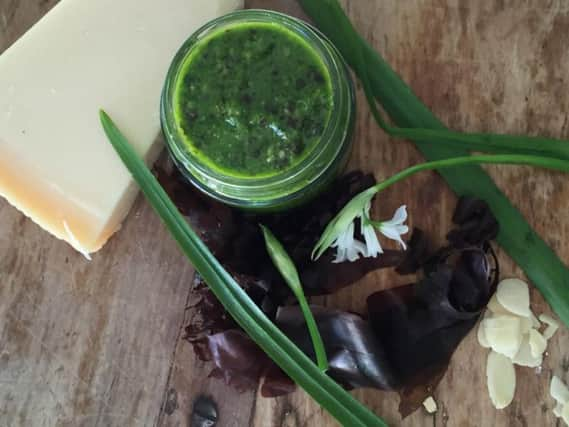Pesto 'saltier than seawater'


A study from Consensus Action on Salt and Health (CASH) found that two products made by bestselling brand Sacla, contain 3.30g salt per 100g, which is 30 per cent saltier than seawater, and contain 2.5 times more salt per 100g than salted peanuts. Meanwhile, the salt levels in both pesto products have increased since last surveyed in 2009 and now contain over 1.5g of salt per serving – more than a McDonald’s Hamburger.
The study found that none of the branded pestos have the Department of Health’s recommended colour-coded front of pack nutrition label, despite some of these products being the worst
Advertisement
Hide AdAdvertisement
Hide Adoffenders when it comes to salt, making it difficult for consumers to know just how much salt they are eating and to make a healthy choice.
Experts said that people should look for lowers salt versions or make their own pesto at home.
Sarah Alderton, assistant nutritionist at CASH, said: “Pesto is an everyday product eaten by adults and children alike, but people might not realise just how salty it can be!
That’s why it’s important to check the label; switching from a high to lower salt option could really help to reduce your salt intake.
"However, given the inconsistent nature of food labelling this is difficult to do. None of the products we surveyed could be described as ‘healthy’, so consider having pesto in smaller portions, less frequently, or try other pasta sauces lower in salt and fat instead.”
The report found that nearly 40 per cent of pesto products still exceed the average salt target for pesto sauces.